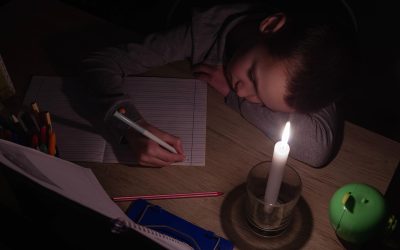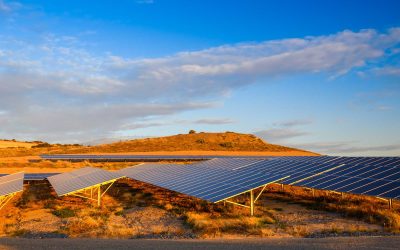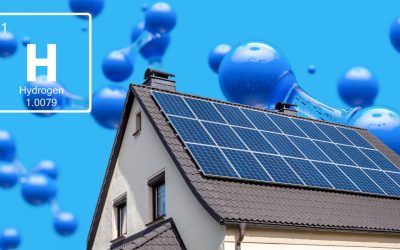The EcoFlow River 2 Max and the Steco PS-500 both have about 500Wh of battery storage. This means that you can power some LED lights, power your wifi, keep your laptop charged, power an average sized television, and even run a fridge for 2 to 3 hours. If you just run your fridge, lights, and laptop, both of these power stations could even carry you through 4 hours of load shedding. These numbers are, of course, dependent on the specific power consumption of your equipment.
Both power stations cost about the same, about R14 000, with special prices as low as R7000 for the EcoFlow and R5500 for the Steco. The EcoFlow has slightly less capacity (512Wh) than the Steco (515Wh). Both power stations also have a surge power of 1000W—some electrical equipment needs more power to get started than what they need to run continuously and the surge capacity caters for this.
The difference between the two power stations is the charge rate. The EcoFlow can recharge from a plug point within 1 hour. The Steco takes 6 hours.
A simple and effective way to have continuous power during extended outages is to combine a power station, like one of these, with a generator. You can use the power station for 2-4 hours, then charge it with a generator, then use the power station, then charge it, and so on. All without having to switch off anything essential.
With the EcoFlow, you can use it for 2-4 hours, then charge for 1 hour with the generator, then use it for 2-4 hours, and charge again for 1 hour. With the Steco, you will need to run the generator for 6 hours each time. This is noisy and costly.
The price difference between the EcoFlow and the Steco is small (even at the discounted price) in comparison to the increased convenience of the EcoFlow.













